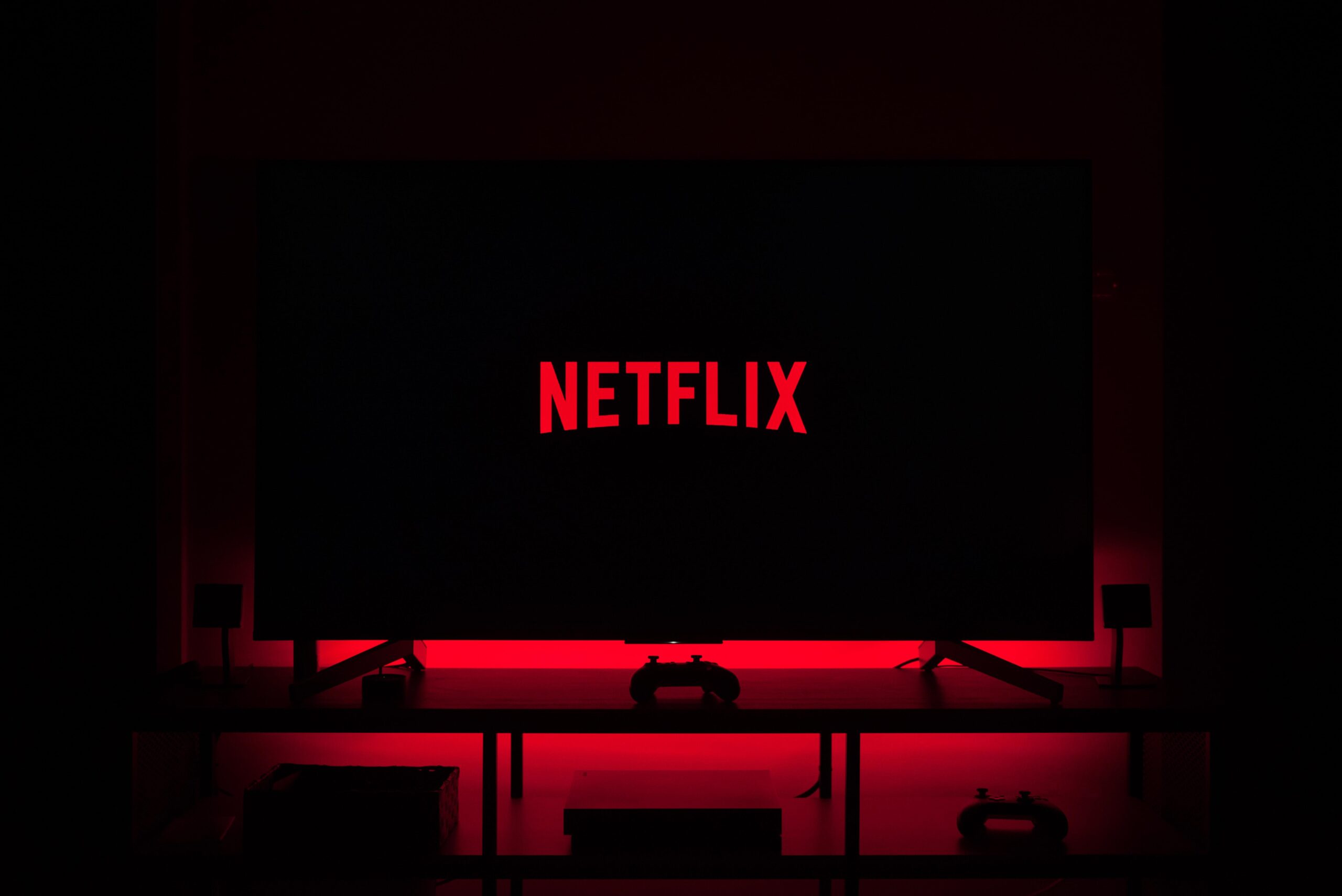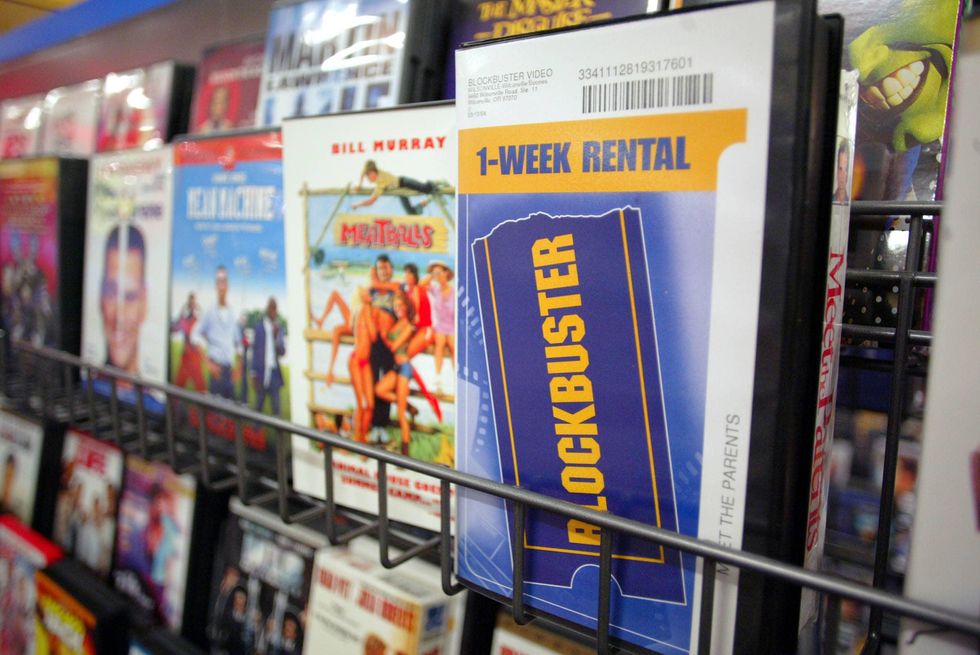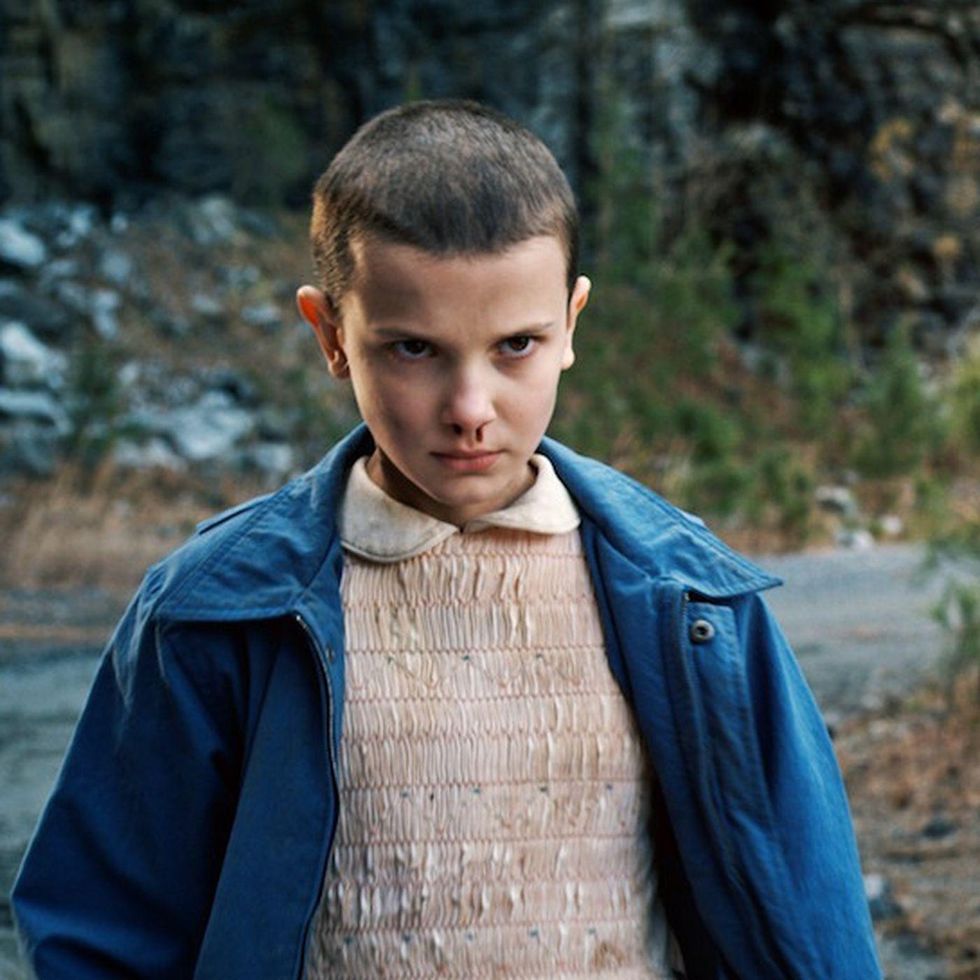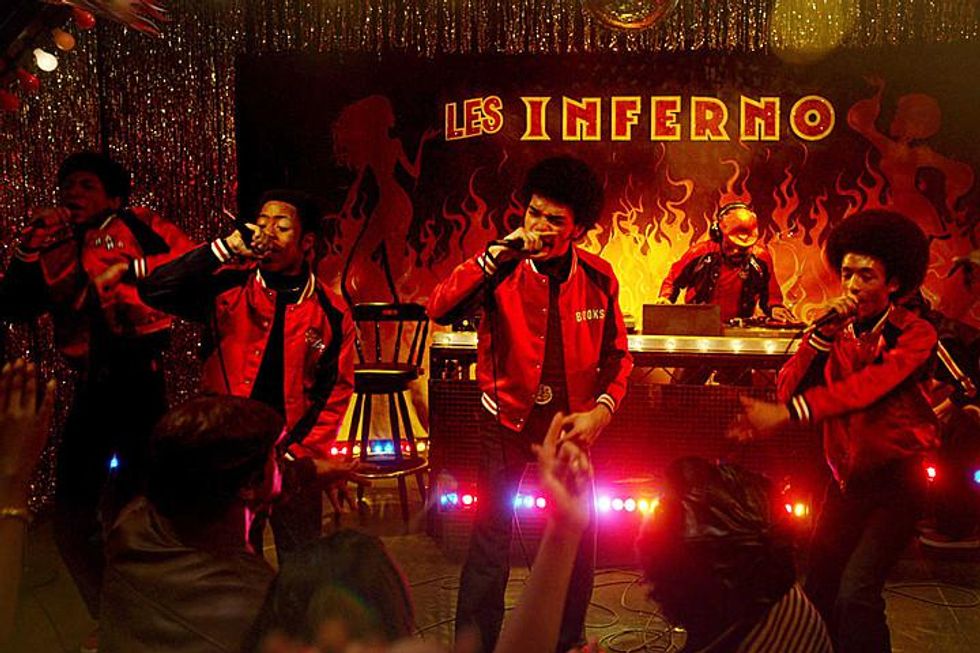13 June, 22

How Streaming Giants Hijacked Everything We Love Most About TV & Film
Netflix recently announced that for the first time in 10 years, the pioneer streaming platform has lost subscribers – a whopping 200,000 of them. To recoup losses, the company announced layoffs, dreaded commercials, dumping increased costs on subscribers, and additional fees for non-household users.
Once a powerhouse source of content for people of all ages, the streaming service is now proving far more frustrating than the mode of delivery – TV – it aimed to replace.
So how did we get here?
The History of Netflix

Netflix’s first competitor was the beloved, nostalgia-tinged rental retailer, Blockbuster. To combat video stores’ exorbitant late fees Netflix permitted users to simply rent a collection of videos and send them back…whenever.
It was a business model consistent with the media-watching experience. Sometimes, you need to be in the right mood to watch a film or show, so hanging onto it for a little while shouldn’t be a crime.
In 2005, founder Reed Hastings told Inc. about Netflix’s 3 main customers.
“One group likes the convenience of free home delivery, the movie buffs want access to the widest selection of, say, French New Wave or Bollywood films, and the bargain hunters want to watch 10 or more movies for 18 bucks a month.” With a generous business model and growing selection of content, the plan satisfied everybody.
The streaming option was introduced in 2007, followed by a streaming-only plan in 2010. Then, broadcasting networks ushered in competing services in order to cash in on Netflix’s spectacular success. Subscriber-favorite offerings like The Office and Parks and Recreation pivoted over to NBC’s Peacock. 13 seasons of Netflix-produced Marvel shows are in the process of moving exclusively to Disney+.
Hulu, Amazon Prime Video, YouTube TV, Paramount+, and HBOMax are only some of the competitors finding it more profitable to yank back their content from Netflix so they can lock in subscribers on their own video streaming services.
What We First Loved About Streaming
There was something so special about browsing the video store aisles, searching for a cool cover or being the first to nab the latest releases. Or choosing between Swedish Fish, Twizzlers, Reese’s Pieces – or all 3! And if you wanted to own a copy of a film, VHS tapes and DVDs were an affordable option; by 2005, personal DVDs made up 64% of the home video market.
Then, in 2008, the Great Recession hit.
Netflix’s debut subscription cost $7.99 and granted access to hundreds of titles each month. Today, it runs from $9.99 to $19.99. Back then, a mere $8 per month for unlimited DVDs, no late fees, and a wide array of TV shows and movies streamed straight to your home saved a bundle when compared to spending for individual rentals or DVDs.
When millennials were graduating and moving out – if they could afford it – they were happy to skip the cable bill for streaming – more than 1 in 5 have never paid for cable or satellite TV.
Plus, the watch-whatever-you-want-when-you-want approach was a revelation for generations who grew up beholden to late-night premieres and TVRs.
Netflix’s goal to keep expanding their content library meant there was always something new and shiny to watch.
The New “Whatcha Watchin?” Question
Rather than blowing their budgets on buying the rights to media properties, Netflix began investing in original content. In 2013 they premiered the prestigious, star-studded House of Cards, followed by the breakout smash Orange Is The New Black. By the end of 2021, Netflix had produced 2,400+ original titles for film and television.
Word-of-mouth advertising largely catapulted the success of Netflix’s original content. “Have you heard of OITNB? It’s a Netflix original, you gotta watch it.”

The 8-episode series, Stranger Things, dropped in full on July 15, 2016. Although not the first show to drop all at once, this ‘80’s sci-fi mystery with likable kid protagonists was a natural summer obsession for all ages.
Gone was, “Have you seen the latest episode of [____]?”
The question became, “Have you seen Stranger Things?”
Surprisingly, a fresh season – typically spaced out over months – could not only be consumed all in one sitting, but is expected to be. The weekend TV binge was on.
The Swashbuckling Elephant In The Room
Beyond making copies of VHS tapes, the internet generated another avenue to content – online piracy. Peer-to-peer sharing of music was popularized by Napster in the ‘90’s. But with the escalation of downloading speeds, movies and shows were next.
The Pirate Bay, an anti-copyright, file-sharing platform came online in 2003, and thanks to technological advances, gained 2.5 million users by late 2005.
They claim to be an “online index of digital content of entertainment media and software.” After repeated lawsuits and government shutdowns of the platform, file-sharing posed too great a risk.
However, in the 2000’s you had the option of simply typing your desired episode or movie into Google. You’d oftentimes be served up a collection of shady streaming sites. Clicking on the wrong button could unleash a computer virus, but savvy internet users seemed to find anything they wanted to watch.
The caveats were that quality was low, the image could be backwards, it lacked subtitle options, watch limits kept you from binging, and sometime the content wouldn’t match the title.
Streaming media provided a legal way to access content that’s reliably high-quality, contains options for subtitles, and gives the assurance you’re viewing the precise content you choose.
By 2022, the top 9 streaming services’s basic monthly plans are just under $70. But that still includes advertisements on up to 4 different platforms as well as limited catalog access. A basic cable plan may start at $60.
Although the cost of streaming keeps going up, so has the streaming content available through a glut of upstart streaming services, so some may be enticed by the vast array of entertainment.
The Viral Sauce: Accessibility + Connection
Save for those with poor internet connections, Netflix was accessible; it was affordable, ad-free, safe and easy to use. Plus, it provided a varied catalog including must-see originals that became the talk of the internet.
However, Netflix’s mission to continually create original series, without renewing fan favorite shows past a second or third season, left a sour taste for many users. Netflix cancelled over 75 original television shows, including those with passionate fanbases like Santa Clarita Diet, The Get Down, GLOW, and The OA.

Although Netflix famously does not release its viewership numbers, it’s been posited that they can bring in more users with new hit shows rather than with fresh seasons of beloved shows.
Fans are over falling in love with Netflix’s latest shining new original, only to have it canceled despite its wild success. Why continue supporting a platform that doesn’t keep in mind the best interests of its userbase?
The Return To Serialization Of Content – A Siren Call
With the oversaturation of Netflix originals and no promise that popularity will push into further seasons, the expected weekend TV binge is over.
Our attention spans may have grown shorter – or, more likely, we’ve found more accessible entertainment that also fosters connection.
Wordle, the daily word-guessing game, became a viral hit in late 2021. It’s free, and everyone has the same 24-hours to solve the same puzzle, with a combination of luck and skill. The app’s option to allow you to share your journey without spoiling it for others makes for fun competition and a shared connection, even in our ongoing isolation.
2022’s latest trend is Dracula Daily; short, sporadic emails chronicling the entirety of Bram Stoker’s 1897 novel Dracula. It seems the entire world is intent on reading this in a 6-month period. To begin, all you need to do is type in your email and the shared daily readings make for a meme-ified book club that’s thriving on forum-style social media platforms like Tumblr and Reddit.
These platforms are impressive replacements for what trucked as watercooler talk;
“Did you see the latest Seinfeld?”
Now it’s, “Have you read Jonathan’s letter from Castle Dracula?”
The Inevitable Downfall

There are those who prefer to stream their favorite comfort shows and movies again and again.
DVD players and CD-rom drives on computers are becoming obsolete; streaming devices can be a panacea for physical copies. But what happens when those favorites suddenly disappear? If you go to Netflix to watch your favorite movie once a month, what happens when they decide not to renew their license, and it moves to another streaming service? Or worse, vanishes into the ether?
With skyrocketing prices and user-hostile tactics such as penalizing families and friends who share accounts, Netflix’s promise of accessibility and connectedness is gone.
Netflix founder, Reed Hastings’ key to success comes to mind: “We need to keep all the audiences happy because the more someone uses Netflix, the more likely they are to stay with us.”
With the precipitous dive in subscribers, it’s evident that keeping audiences happy may not have been the goal for quite some time.



